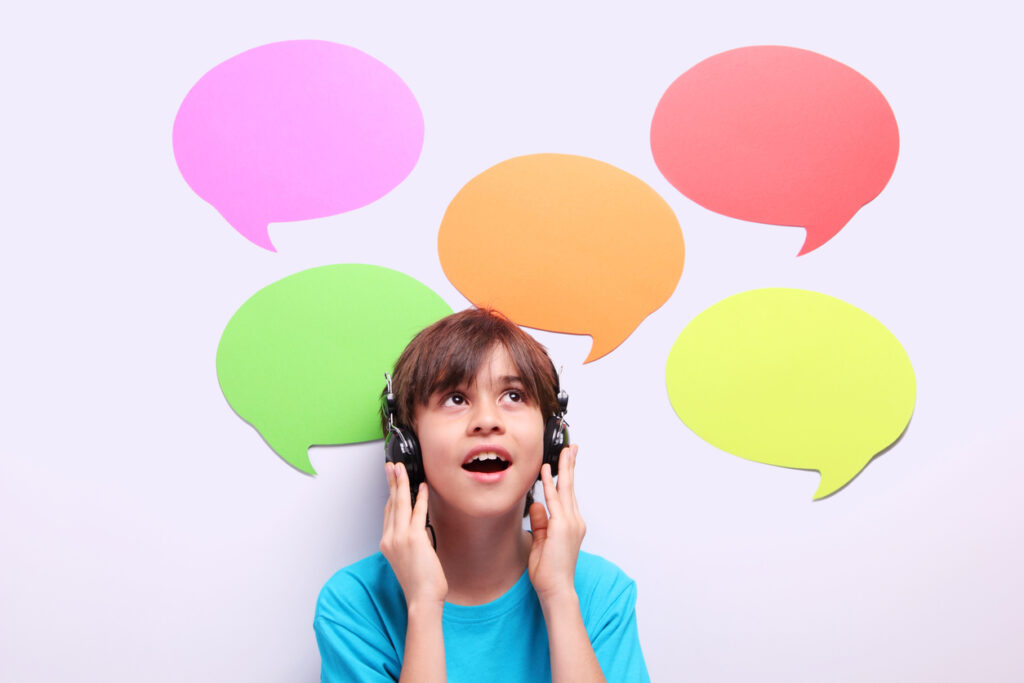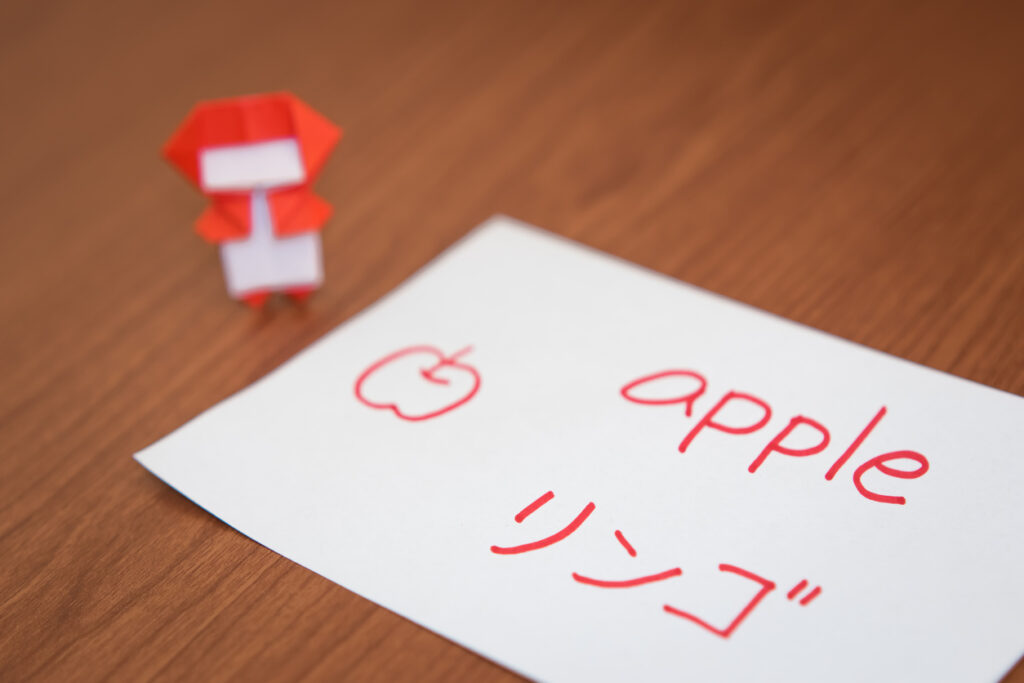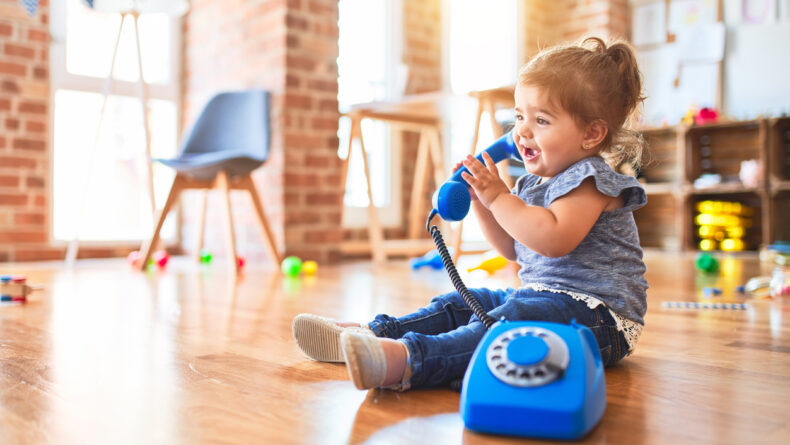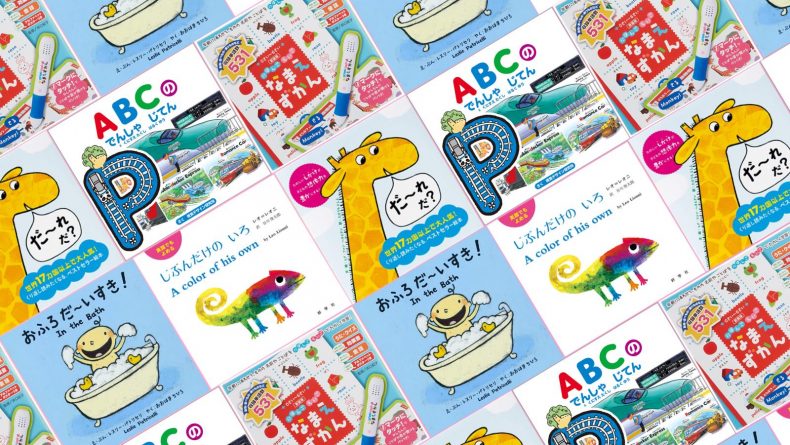Speech Delays In Bilingual Children
Monolingual or Multilingual?
Expectations and experiences when raising bilingual kids.
In an Ask Hilary column, the issue of speech delays in bilingual household children was addressed and generated a great deal of discussion. Families with bilingual households often noticed their children struggled with reaching language development milestones.
The Basics of Speech Development and Delays
 © Photo by iStock: Sadeugra
© Photo by iStock: SadeugraChildren can start speaking at any time and in various ways. Baby talk or babbling and repeating words ad nauseam are two common ways for an infant or child to start communicating. There are, of course, certain milestones that parents in any speech/language should look out for.
In general terms, speech refers to the verbal expression of language, including articulation (how we form words). Meanwhile, language refers to giving and getting information (understanding/comprehension).
Speech delays refer to issues wherein a child cannot or is unable to produce sounds or language. The most common causes of a speech delay include physical issues (hearing loss, damage to the ear, mouth/palate/tongue problems), intellectual disability, autism, psychosocial deprivation (parents do not interact with child), and, in recent years, overreliance on tablets/smartphones and televisions. The majority of these causes can be dealt with or accommodated by having them properly diagnosed. So, parents should be vigilant when it comes to developmental markers.
If an infant does not respond to sound or vocalize in any way, that is an immediate cause for concern. The child should be seen by a doctor as soon as possible. Other important warning signs to watch for are by:
12 months:
- Child cannot use gestures (pointing, waving).
18 months:
- Prefers gestures instead of vocalizations.
- Has trouble imitating sounds.
- Cannot understand simple verbal requests/statements.
Two years:
- Can only imitate speech but cannot independently/spontaneously produce words or phrases
- Can’t follow basic directions.
- Can’t use oral language to communicate beyond basic/immediate needs or only repeats the same few words.
- Has an unusual tone/quality to voice (very raspy, nasal, slurred, etc).
Parents and guardians should be able to understand roughly 50-75 percent of a child’s speech at two to three years of age. By the age of four, a child’s speech should be understood in general.
What About Bilingual Households?
 © Photo by iStock: PeopleImages
© Photo by iStock: PeopleImagesAnyone who has tried to learn a second or even third language knows how easy it is to confuse vocabulary and grammar. Now imagine that you have zero frames of reference to work from but have two “sounds” being made at you to explain what an object is.
Technically speaking, however, bilingual households do not directly cause speech or language delays in children. While it might seem that a child learning two languages at once isn’t as capable of speaking either language as a monolingual child, the fact of the matter is that the child is acquiring two languages at the same time. In essence, they’re doing twice the amount of work.
For example, if a monolingual toddler knows 50 words in their language, a bilingual one might know 25 in one language and 25 in the other. “Being raised monolingual is ‘easier’ than being bilingual. You can focus more brain power on learning one language and producing it compared to someone being raised with two languages.” (Translator/parent of three, 40s).
Simultaneous Language Acquisition
When a child is exposed to and taught two languages before the age of three, this process is known as simultaneous language acquisition. Typically, children raised in this type of household can differentiate between the languages and know how to use one language with one parent and the other with the other parent. These children may begin speaking later than monolingual children simply because they are trying to work out how each language functions. This creates the impression that a child has a speech or language delay.
“Being raised monolingual is ‘easier’ than being bilingual. You can focus more brain power on learning one language and producing it compared to someone being raised with two languages”
An informal survey of friends and acquaintances with bilingual families revealed that roughly 60 percent of the children struggled with language learning and speech production prior to attending primary school. Based on anecdotal evidence, these children showed no obvious (to their parents) bias towards either language and, after some struggle, began to use both fairly regularly.
At the same time, the children who didn’t overtly struggle with language development showed a preference for learning the language of the parent they spent a higher amount of one-on-one time with. From speaking to the parents of children raised in Japanese and other language-centric homes, things “feel” different when it comes to language acquisition. “I’m a stay-at-home mother and I don’t speak English, so our daughter only learned English when her father was home. She has great English pronunciation now but she doesn’t speak English as well as she speaks Japanese” (Japanese, 30s).
Sequential Acquisition
The more common type of language acquisition is known as sequential acquisition. This is where an individual learns one language and then begins to study a second at an older age at school or by moving abroad. Basically, anyone who has ever studied a second language in school is a sequential learner regardless of their ultimate language abilities.
Some believe that this does not count as raising a child in a bilingual home. “Everyone that later on studies a second language is a sequential learner. That’s not the same thing as being raised bilingual” (Japanese ESL instructor, 50s). “My parents both speak two languages. I only learned the language they share but people claim I grew up in a bilingual home. How? I learned my second language at school, not from them” (Japanese-Canadian teenager).
How Do You Foster Simultaneous Acquisition?
 © Photo by iStock: EikoTsuttiy
© Photo by iStock: EikoTsuttiyIn a monolingual environment such as Japan, raising fully bilingual children can seem next to impossible. However, being “fully bilingual” itself is a bit of a misnomer, as anyone, regardless of their language skills or fluency, can be considered bilingual.
Being bilingual generally implies that you have a dominant or primary language. This is usually based on where you live but can change due to any number of circumstances, such as work, social network, and so on. In early childhood, the family must teach any languages outside that of the community they live in. Based on the experiences of parents I spoke to and language experts of all kinds, there are three key points that parents wanting to raise bilingual children should keep in mind.
Speak As You Would
“Speak like you normally would at an appropriate level for the child” (ESL instructor/parent 30s). If you and your partner each have a different native language but can speak one/more languages together, continue modeling that behavior for your children. Adopting a strict “one parent, one language” approach can make it seem easier for them to learn. However, it may instead encourage the child to speak more to the parent whose language they find “easier” to recall.
Allow Code-Mixing/Switching
Mixing languages does not mean they are struggling to learn either language. Anyone who’s studied a language in any capacity knows how easy it can be to mix up words. Whether that be making grammar mistakes or forgetting how to say something in one language. You can do that even if you’re monolingual, too. It just happens.
When it comes to being bilingual, combining two languages in a single sentence is known as “code-mixing/switching.” It’s a perfectly normal part of language acquisition and use. According to some experts, it might even be a sign that a child has a higher-than-average language proficiency.
Provide Comfort
Some parents, in order to give their child a head start with a second language, stop or limit speaking their native language in the presence of the child. If you aren’t comfortable speaking another language, do you speak how you usually would? Do you react or express emotions in the same way as in your native language? If the answer to either of these questions is no, then you shouldn’t expend energy ignoring your native language.
The most important thing you can do to help your child feel comfortable learning two languages is to treat it like something normal. Spend time with them, read to them, and most of all, understand what they are attempting to do.
Are you interested in raising your child in a bilingual home in Japan? Check out this article about bringing up bilingual babies for some helpful tips and advice. If you’re concerned about your child’s speech or language development, please check this speech troubles article out.
Do you have any experience with speech delays in bilingual children, whether it be your children or yourself?
















My best friend was born in 1953 in Japan while his father was stationed at Yokosuka. His mother told me he could express himself in three language when he was 2-years-old, Japanese, English and Gaelic.